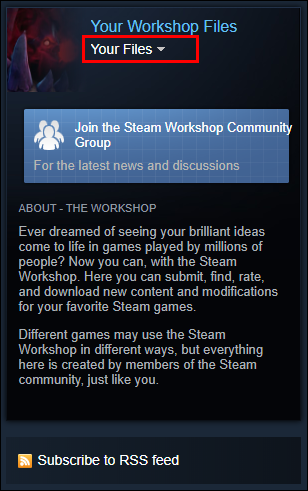

Next, SteamCMD needs to be logged in to your Steam account. Then change directory using the command prompt to the place where you installed SteamCMD, and type steamcmd to run. On Windows you will probably need to run the command prompt as an Administrator. To build a workshop item (that is, update it using the instructions given in the VDF file) you first need to run SteamCMD from the command prompt. It is important to note that logging into your Steam account using SteamCMD will log you out of your account on the Steam client on the computer you are using, meaning you will need to exit it and log back in.

I recommend editing VDF files in Notepad++ or similar and keeping them in the SteamCMD folder so they can be easily accessed at the command line. Visibility is 0 for public, 1 for visible to friends only, or 2 for hidden. I included it in the example because sometimes you want to see at a glance whether this is the right file to edit.Ĭhangenote allows you to add an entry to the changelog. Title allows you to change the title of the mod. Publishedfileid is a value you will have to find in your mod's About folder after uploading it for the first time in RimWorld (tags like 'Mod' and 'Alpha 17' will not be set by SteamCMD). Previewfile tells SteamCMD where to look for your thumbnail. So change appid accordingly if you're uploading for a different game. Some games with Workshop support don't have a built-in Workshop upload facility, so SteamCMD is pretty much the only way to upload. "title" "Mod title here for your sanity only"Īppid is 294100 for RimWorld. "previewfile" "C:\Users\johnsmith\Pictures\Thumbnail-SomeThumbnailTitle.png"


 0 kommentar(er)
0 kommentar(er)
